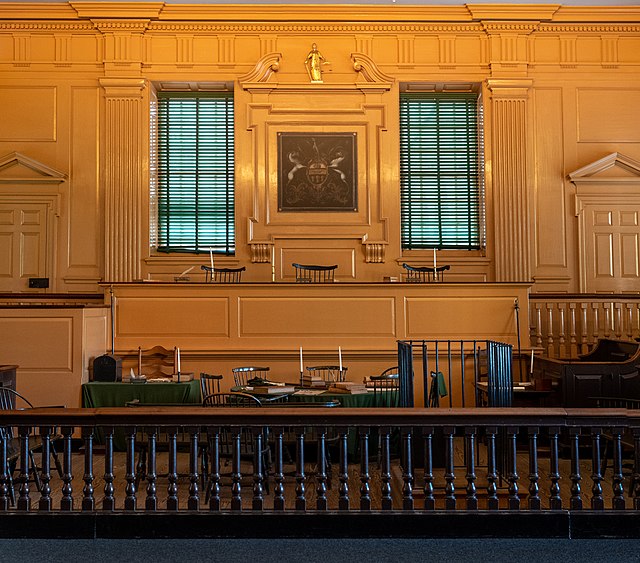As we enter the month of December, most are thinking about the coming holiday season– buying gifts, taking trips to see family and friends, and just getting through the rest of the semester.
Well, try to just take a second and look up. Looking up to the sky, at night, just after sunset to sunrise, will be a spectacular show.
This is the last month of the year, and it’s one that will go out with a big bang in the sky, pun intended.
This month, you can expect to see the Geminid meteor shower, visible planets, another full moon, and the return of the Northern Lights, to name a few highlights you can expect to see.

As of December 1st, the moon went into a new moon phase. On December 8th, the moon will be in the first quarter phase, reaching the full moon on December 15, and the third quarter moon on December 22.

Planets you can see all month, according to the NASA website:
- Mercury- visible in the very low southeast of the sky just before sunrise during the last half of the month.
- Venus- known as the “Evening Star,” this planet shines brightly in the southwest of the sky after sunset, climbing higher each evening.
- Jupiter: reaches opposition from the sun, on December 7, making it visible all night and rising in the east-northeast of the sky. (Christmas star)
- Mars- brightness increases significantly during December, rising in the east-northeast and visible from late evening to early morning.
- Saturn- visible after sunset in the southern sky, shifting slightly westward as the month progresses.
The best viewing would be with a telescope, or binoculars but some will be visible to the naked eye.
Geminid Meteor Shower:
The Geminid meteor shower is what experts call the most prolific of the year, often producing up to 150 “shooting stars” per hour during its peak.
This year some of the show may be obscured since it coincides with a 90 percent illuminated moon. 65 percent of Geminid meteor showers are white, 26 percent are yellow, and the rest are blue, red, and green. Remember to head away from the city and from light pollution to get the best chance to see them.
After the winter solstice, there is another chance to get to see another meteor shower.
The Ursid meteor shower, which will be from December 17-26, peaking between December 22-23, usually takes place around the constellation of Ursa Minor which is the “Little Bear,” and what many might think is the “Little Dipper” if looking in the wrong area as it can look similar.
For a great view I recommend heading towards the canyon, up Hwy 32.














